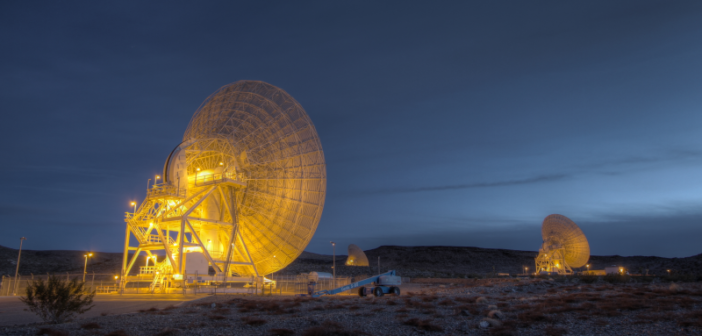Editor’s note: In these last two weeks of 2021, we’ll be looking at a few selections that we haven’t yet discussed on AAS Nova from among the most-downloaded papers published in AAS journals this year. The usual posting schedule will resume in January.
The JPL Planetary and Lunar Ephemerides DE440 and DE441
Published February 2021
Main takeaway:
A team led by Ryan Park (Jet Propulsion Laboratory) has updated the mathematical model used to calculate the positions of the Sun and planets. The new releases, DE440 and DE441, are best used for calculations covering the years 1550–2650 and −13200–17191, respectively.
Why it’s interesting:

Transits of solar system planets (Venus is shown in this composite extreme ultraviolet image) are one of the many events that can be predicted using JPL’s database. [SDO/NASA]
Why these updates are important:
Tiny errors in a planet’s position, propagated forward or backward in time, can lead to big inaccuracies. This is especially an issue for the outer planets, which move slowly and have been visited by fewer spacecraft, giving us less data — for example, between 2003 and 2016, there were no Jupiter-orbiting spacecraft. When you’re trying to launch a $10 billion spacecraft and need to know the precise position of the Moon for it to go smoothly (just a completely hypothetical example…), you’re going to want the best data available!
Citation
Ryan S. Park et al 2021 AJ 161 105. doi:10.3847/1538-3881/abd414
